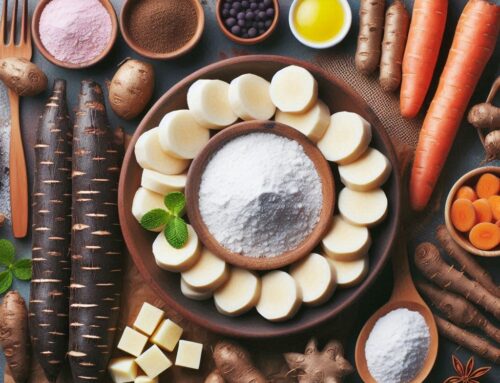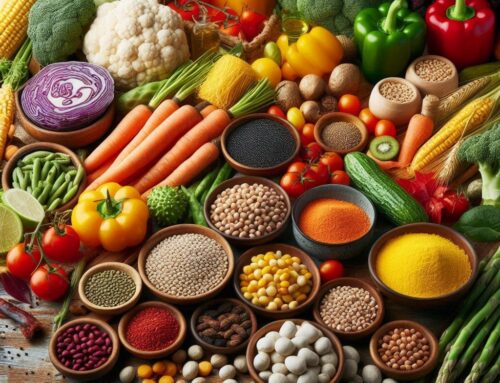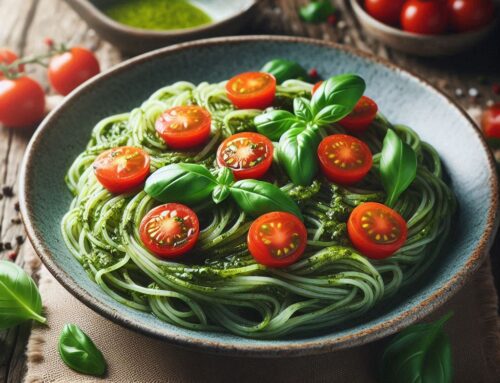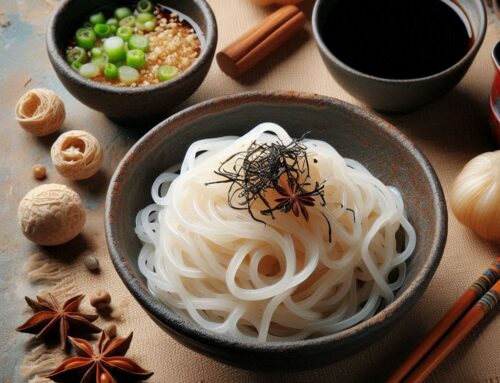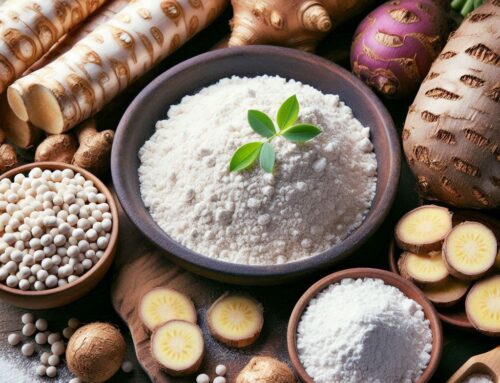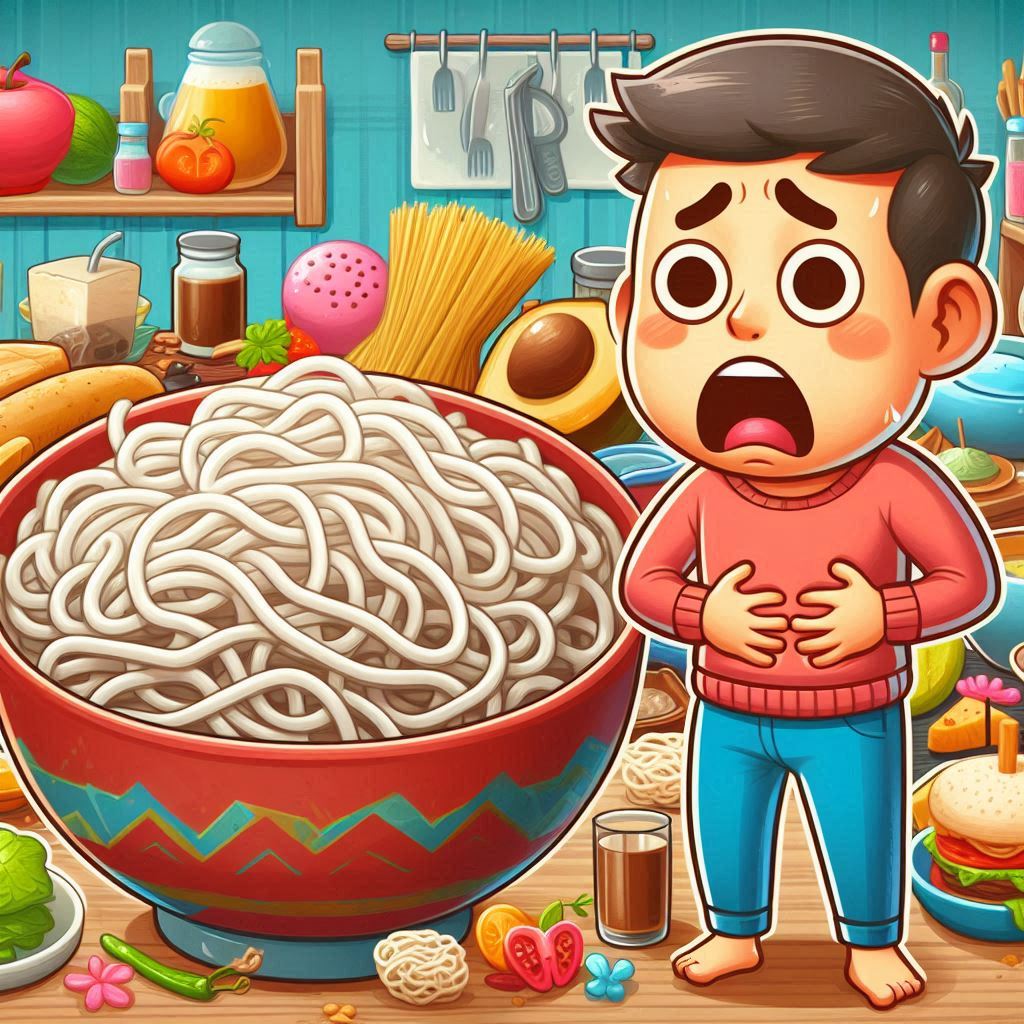
Understanding Konjac Noodles: What Are They and Why Are They Popular?
Konjac noodles, often hailed as a revolutionary addition to the world of health-conscious eating, have gained significant popularity in recent years. Originating from the konjac root, these noodles are celebrated for their unique composition and numerous health benefits. One of the standout features of konjac noodles is their remarkably low-calorie content, making them an ideal choice for those looking to manage their weight without sacrificing volume or satisfaction in their meals.
The primary component of konjac noodles is glucomannan, a type of dietary fiber that expands in the stomach when consumed with water, promoting a sense of fullness and aiding digestion. This high fiber content not only supports digestive health but also helps regulate blood sugar levels and cholesterol. As a result, incorporating konjac noodles into your diet can contribute to improved metabolic health.
Another reason for the growing popularity of these noodles is their versatility. They can be easily integrated into various dishes as a substitute for traditional pasta or rice-based products. This adaptability allows individuals to enjoy familiar meals with significantly fewer calories while still reaping the nutritional benefits associated with dietary fiber.
In summary, konjac noodles offer an appealing combination of low-calorie content and substantial health benefits due to their rich dietary fiber content derived from the konjac root. As more people seek healthier lifestyle options without compromising on taste or satisfaction, it’s no wonder these innovative noodles are becoming a staple in many kitchens worldwide.
Common Causes of Bloating After Eating Konjac Noodles
Konjac noodles, renowned for their low-calorie and high-fiber content, have become a popular choice for those seeking healthier meal options. However, some individuals experience bloating after consuming these noodles. Understanding the common causes of this digestive discomfort can help in managing and potentially alleviating the issue.
One primary cause of bloating after eating konjac noodles is their high fiber content. Konjac is rich in glucomannan, a type of soluble fiber that absorbs water and expands in the stomach. This expansion can lead to feelings of fullness and bloating, especially if your body is not accustomed to processing large amounts of fiber. Gradually increasing fiber intake over time may help your digestive system adjust more comfortably.
Another potential culprit for digestive issues with konjac is the fermentation process that occurs in the gut. As bacteria break down glucomannan, gas can be produced as a byproduct, leading to bloating and discomfort. To mitigate this effect, it might be beneficial to pair konjac noodles with other foods that aid digestion or consume them in smaller portions initially.
Lastly, individual sensitivities or intolerances might also contribute to digestion problems when consuming konjac products. If you suspect an intolerance, it could be helpful to monitor your body’s response when eating these noodles and consult with a healthcare professional for personalized advice.
By understanding these factors—high fiber intake effects, fermentation by gut bacteria, and possible individual intolerances—you can better manage any bloating causes associated with enjoying konjac noodles as part of your diet.
The Role of Fiber in Digestion and Its Impact on Bloating
Fiber plays a crucial role in the digestion process, serving as an essential component for maintaining optimal gut health. It is primarily classified into two types: soluble and insoluble fiber. Soluble fiber, found in foods like oats, apples, and beans, dissolves in water to form a gel-like substance that can help regulate blood sugar levels and lower cholesterol. More importantly, it has significant effects on gut health by feeding beneficial bacteria within the gut microbiome. This interaction not only aids digestion but also enhances overall digestive health.
However, as you adjust to a high-fiber diet, it’s common to experience some degree of bloating or discomfort. This is because the introduction of more fiber can alter your gut microbiome’s balance temporarily as it adapts to processing increased amounts of dietary fiber. To minimize bloating while reaping the benefits of fiber for digestion, it’s advisable to gradually increase your intake rather than making abrupt changes. Allowing your digestive system time to adjust can ease this transition and promote a healthier gut environment.
Ultimately, understanding the role of fiber in digestion underscores its importance beyond mere nutritional value—it’s pivotal for maintaining harmony within your digestive tract and ensuring long-term gastrointestinal health.
How to Alleviate Bloating: Practical Tips and Dietary Adjustments
Bloating can be an uncomfortable and sometimes embarrassing issue, but with the right approach, you can alleviate its symptoms effectively. One of the most straightforward strategies to reduce bloating is by making specific dietary changes. Start by incorporating more fiber-rich foods into your diet gradually, as a sudden increase can initially worsen bloating. Foods such as whole grains, fruits, and vegetables promote regular bowel movements and reduce bloating over time.
Staying hydrated is another crucial factor in maintaining healthy digestion. Drinking plenty of water helps prevent constipation and supports the digestive system in breaking down food more efficiently. Aim to drink at least eight glasses of water a day, and consider herbal teas like peppermint or ginger tea that are known for their digestive benefits.
Probiotics also play a significant role in digestive health. These beneficial bacteria help balance your gut flora and can alleviate symptoms of bloating by improving overall digestion. Incorporate probiotic-rich foods like yogurt, kefir, or fermented vegetables into your meals.
By following these practical tips and making thoughtful dietary adjustments, you can significantly reduce the discomfort associated with bloating while promoting better overall digestive health.
Alternative Low-Carb Options to Consider If You Experience Bloating from Konjac Noodles
If you’re experiencing bloating from konjac noodles, don’t worry—there are plenty of alternative low-carb options to explore that can offer similar benefits without the discomfort. One popular substitute is spaghetti squash. This versatile vegetable can be roasted and scraped into spaghetti-like strands, making it a perfect base for your favorite sauces and toppings. Spaghetti squash recipes are abundant, ranging from classic marinara to creamy Alfredo.
Another excellent alternative is zucchini noodles, often referred to as “zoodles.” These can be made using a spiralizer or a simple vegetable peeler to create thin strips that mimic the texture of pasta. When comparing zucchini noodles vs konjac noodles, you’ll find that zoodles have a milder flavor and are less likely to cause digestive issues while still providing a satisfying low-carb experience.
Other low-carb pasta alternatives include shirataki noodles made from tofu and kelp noodles derived from seaweed. Both options offer unique textures and nutritional profiles worth exploring if you’re seeking variety in your diet. By experimenting with these alternative low-calorie noodles, you can enjoy delicious meals without compromising on taste or health goals.
Conclusion: Making Informed Decisions About Including Konjac Noodles in Your Diet
When considering whether to include konjac noodles in your diet, it’s important to weigh both the benefits and any potential drawbacks. These noodles, made from the root of the konjac plant, are low in calories and carbohydrates, making them an attractive option for those following weight loss or low-carb diets. Additionally, they contain glucomannan, a type of soluble fiber that can aid in digestion and promote a feeling of fullness.
However, it is essential to be mindful of how your body reacts to increased fiber intake. Some individuals may experience digestive discomfort if they consume too much fiber too quickly. Therefore, it’s advisable to introduce konjac noodles gradually into your meals while ensuring you maintain a balanced diet rich in various nutrients.
Furthermore, always consider sourcing high-quality products that do not contain unnecessary additives or preservatives. By doing so, you can enjoy the health benefits these noodles offer while supporting overall wellness.
Ultimately, making informed decisions about incorporating konjac noodles into your diet involves understanding their nutritional profile and considering how they fit within your dietary goals and lifestyle preferences. With careful consideration and moderation, konjac noodles can be a valuable addition to a healthy eating plan.


